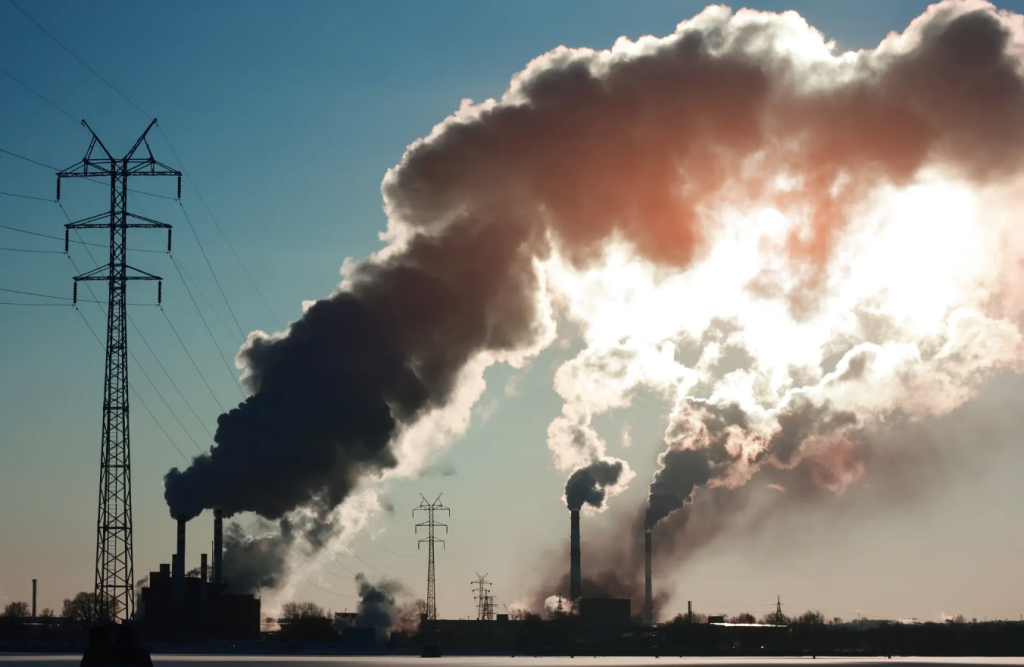New routes and alliances for carbon capture
(Sustainabilityenvironment.com) – In recent years, global climate inaction has inevitably promoted carbon capture technologies, from Plan B decarbonization to one of the priority strategies. It is now clear that, at the current rate, the energy transition alone will not be able to reduce greenhouse gases quickly enough. Of course, global efforts could be catalyzed in accelerating targets on renewables and efficiency, but more and more parties are advocating carbon capture and storage (CCS) and the like. The recent report “Net Zero 2050” of the International Energy Agency indicates an annual target for the CCS of 7,600 Mt of CO2 by 2050, compared to about 40 Mt currently.
What is carbon capture? And is this technology really ready to face the climate crisis? Carbon capture and storage or carbon capture and sequestration is the process of capturing carbon dioxide before it enters the atmosphere, transporting it, and storing it for centuries or millennia.
Carbon capture technology still has several barriers to overcome before becoming an economic, efficient and widespread solution. But the industry continues to push to the maximum on research and innovation to cut time. In Europe, this is demonstrated by ACCSESS, a project funded by the Horizon 2020 program. The initiative, which brings together 18 partners from 8 different countries, aims to apply a new type of CO2 sequestration to the combustion gases of different industrial plants.
Read also In operation Orca, the largest Carbon capture plant in the world
The project will start from a concrete experience. Currently, Fortum Oslo Varme owns and operates the largest incinerator in Norway, on the outskirts of Oslo. The plant reuses the excess heat generated in the process to provide district heating in the region. But above all, it is equipped with a small mobile pilot plant for carbon capture. The company has made available such a system to the plan ACCSESS that will modify the operation through the technology CCS of Saipem.
In detail, the company has developed an innovative enzymatic process, already demonstrated on an industrial scale in Canada, that does not require use or release of toxic products. The changes will be tested first at the Fortum plant in Oslo and then in the Mongstad Technology Center where you can evaluate them under a wide range of operating conditions. Subsequently, two six-month testing campaigns will be carried out at a Stora Enso kraft pasta plant in Sweden and a HeidelbergCement oven in Poland.
The use of machine learning in carbon capture
From Asia Pacific comes instead new research aimed at optimizing the porous carbon for the seizure of CO2. A team of engineers from Korea University and the National University of Singapore used artificial intelligence to predict carbon absorption in a particular class of these materials.
A well-known advantage of using porous carbon in CCS is that it can be produced from biomass waste, such as agricultural waste, food scrap and forest debris. This makes them attractive not only because of the low cost but also because they provide an alternative way to manage waste. At the moment, however, this field of study is still in its infancy. There are no clear guidelines or consensus among scientists on how to synthesize them from waste and with what characteristics. The different structural properties, the presence of various functional groups and the various temperatures and pressures to which they are subjected during the adsorption of CO2 make it difficult to understand the mechanism.
Read also How the energy transition can reduce the risk of future crises
The team used a machine learning approach to map carbon capture against different textures (such as pore size and surface area) and compositional properties. “Our modeling approach – explain the scientists – can be used to study other types of porous carbon for CCS, such as zeolites and metal-organic structures, and not only those derived from biomass waste”. Now the group plans to develop a synthesis strategy for such materials focusing on the optimization of the two most important factors: the adsorption parameters and the texture properties. the research was published in Environmental Science & Technology.

